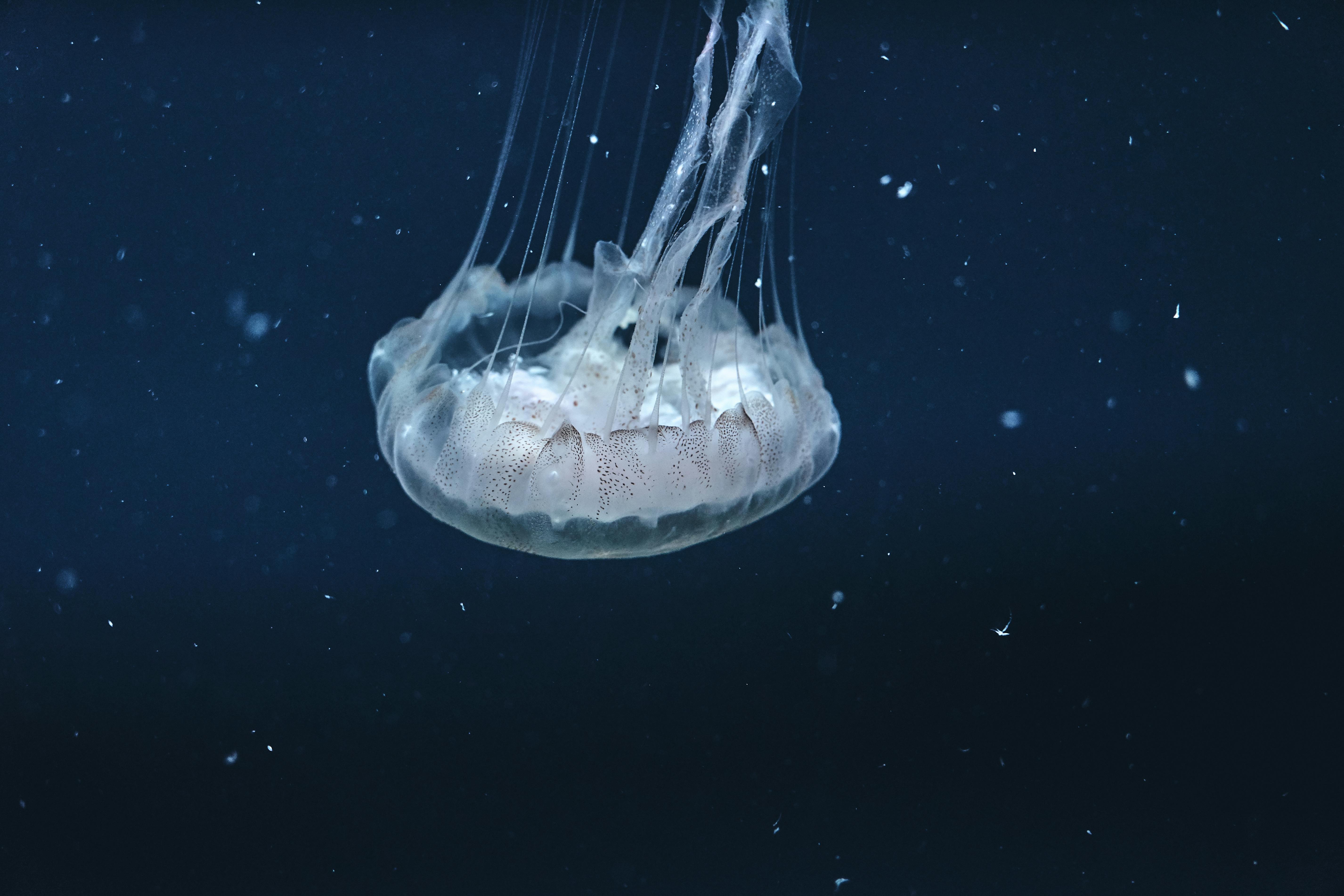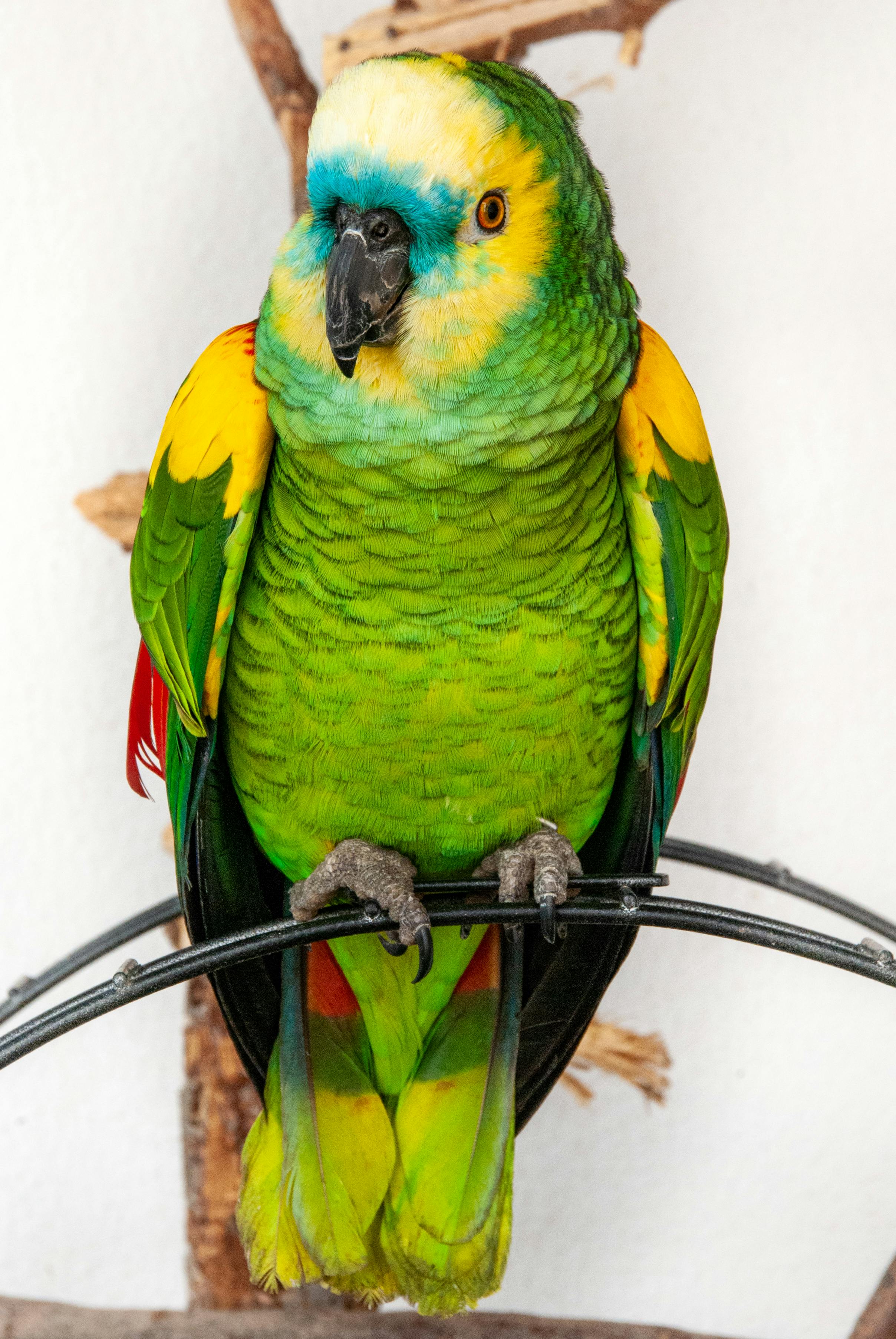
Effective Ways to Enhance Your Platinum Parrot Fish in 2025
The platinum parrot fish is a stunning addition to any marine aquarium, thanks to its vibrant appearance and unique behaviors. As these fish gain popularity among aquarists in 2025, understanding the essential aspects of parrotfish care becomes crucial. This article will delve into effective methods to enhance your platinum parrot fish's well-being, ensuring they thrive in your aquatic setup.
By focusing on the specific needs of platinum parrot fish, including optimal habitat, feeding, and maintenance practices, you can create a flourishing environment for your fish. You will also gain insight into the importance of good tank filtration, suitable tank decorations, and community compatibility. Join me as we uncover the best strategies to elevate your fish-keeping experience!
Setting Up the Perfect Fish Tank for Platinum Parrot Fish
To maintain a healthy aquarium, especially for vibrant species like the platinum parrot fish, a well-designed fish tank setup is fundamental. Begin by selecting an appropriately sized aquarium, ideally at least 30 gallons. This ensures ample space for swimming and personal territory, which is vital for their well-being.
Next, consider the aquarium decoration ideas. Utilize various aquatic plants for fish tanks, rocks, and hiding spots to mimic their natural habitat. These elements not only provide shelter but also contribute to the aesthetic appeal of your tank.
Moreover, it's essential to ensure proper tank filtration systems. Platinum parrot fish prefer clean, well-oxygenated water. A high-quality filtration system will help maintain excellent water quality, aiding in their overall health and reducing the risk of diseases.
Finally, implement effective aquarium lighting setups to further enhance the vibrant colors of your fish. Bright, natural lighting will showcase their stunning features while supporting the growth of live plants.
With a proper setup in place, we can now shift our focus to the dietary needs crucial for the growth and health of your platinum parrot fish.

Understanding the Diet of Platinum Parrot Fish
Feeding your platinum parrot fish with a balanced diet is a critical aspect of fish health and longevity. Created primarily for parrot fish diet, high-quality pellets or flakes should form the foundation of their nutrition. These food options are designed to support their unique dietary requirements and promote their vibrant coloration.
In addition to pellets, incorporating fresh or frozen foods such as brine shrimp, bloodworms, or vegetable-based options enhances their diet. This variety is crucial as it encourages natural foraging behaviors and improves their overall health.
Also, be sure to monitor the amount of food being offered to prevent overfeeding, which can lead to poor water quality and health issues. A good rule of thumb is to feed small amounts 2-3 times daily and observe their feeding patterns to gauge their appetite.
As you establish a reliable feeding regimen, consider how these practices connect to keeping your marine fish tank clean and fish-friendly. Maintaining good water quality is an important part of ensuring their diets are effective.
Maintaining Optimal Water Quality in Your Marine Fish Tank
Ensuring aquarium water quality is paramount for the health of your platinum parrot fish. Regular monitoring of water parameters such as pH levels, ammonia, nitrite, and nitrate concentrations helps in maintaining a healthy environment. Ideally, the pH should be between 7.5 - 8.5 to mimic their natural habitat.
Additionally, performing regular water changes—approximately 10-20% weekly—will effectively dilute toxins and replenish essential minerals. This routine will also help to stabilize water quality, promoting a flourishing ecosystem within your aquarium.
Investing in reliable aquarium filtration choices is necessary for keeping your tank clean. Look for filters that can tackle mechanical, biological, and chemical filtration to ensure a comprehensive cleaning process. This multi-faceted approach reduces harmful waste buildups commonly seen in marine aquariums.
Regularly test water parameters using reliable kits and troubleshoot any issues as they arise. This proactive approach is vital to long-term tank maintenance and success.
With optimal water quality established, let’s dive deeper into the specific behaviors and breeding habits of platinum parrot fish.

Exploring Parrotfish Behavior and Breeding
Understanding parrotfish behavior is essential for providing an optimal environment. Platinum parrot fish are known for their playful and curious demeanor, which can lead to various interactions with tank mates. They thrive in spacious settings allowing them to explore and exhibit their natural behaviors.
In terms of breeding, creating an ideal environment is important for successful reproduction. Ensure adequate hiding spots and structures within the tank to encourage pairing and in-tank nesting. Freshwater vs saltwater fish considerations are crucial here since breeding conditions significantly vary based on salinity levels.
Reproduction often occurs during specific seasons, with males displaying more vibrant colors to attract females. Monitor their behavior and adjust the tank's conditions based on observed breeding signs.
Ensure that your aquarium can accommodate offspring if breeding occurs, as young parrot fish require distinct care to thrive. Providing them additional space and appropriate food will help them grow healthy and strong.
By nurturing their behaviors and breeding requirements, you can further enhance the enjoyment of your platinum parrot fish experience.
Common Problems and Solutions in Parrotfish Care
Despite the enjoyment of raising platinum parrot fish, you may face challenges along the way. Common diseases, such as ich or fin rot, can affect freshwater and marine species, resulting in stress and compromised fish health. Understanding fish compatibility is essential to avoid aggression or stress in mixed-species tanks and promote a harmonious environment.
Fish health care practices, such as quarantining new fish before introducing them to the main tank and maintaining stable water parameters, can significantly mitigate disease risk. Always monitor your fish for signs of illness, such as loss of appetite or unusual swimming patterns.
Additionally, consider implementing fish vitamins into your feeding routine for preventive measures. They help to build immunity and keep your marine fish healthy. Regular cleaning and maintenance of the tank ensure that potential threats are eradicated before they can affect your fish.
Keep an eye out for common aquarium pests that could disrupt the ecosystem and harm your fish. Act swiftly to remove these pests to maintain a balanced fish tank.
By taking proactive steps and understanding these challenges, you can secure a healthier and more vibrant life for your platinum parrot fish.
Conclusion and Future Insights
In conclusion, mastering the art of platinum parrot fish care in 2025 requires attention to detail and dedication. From the setup of your marine fish tank to dietary needs, water quality management, and understanding behaviors, successful fish-keeping encompasses various aspects.
As you continue to enhance your aquarium with this stunning tropical fish species, remember the importance of sustainability and the ecological role these fish play in marine ecosystems. Take pride in nurturing your aquatic life while enjoying the rewarding journey they offer alongside you.
For further exploration, consider checking out the different resources available for aquarists and engage with online communities for valuable tips and insights.